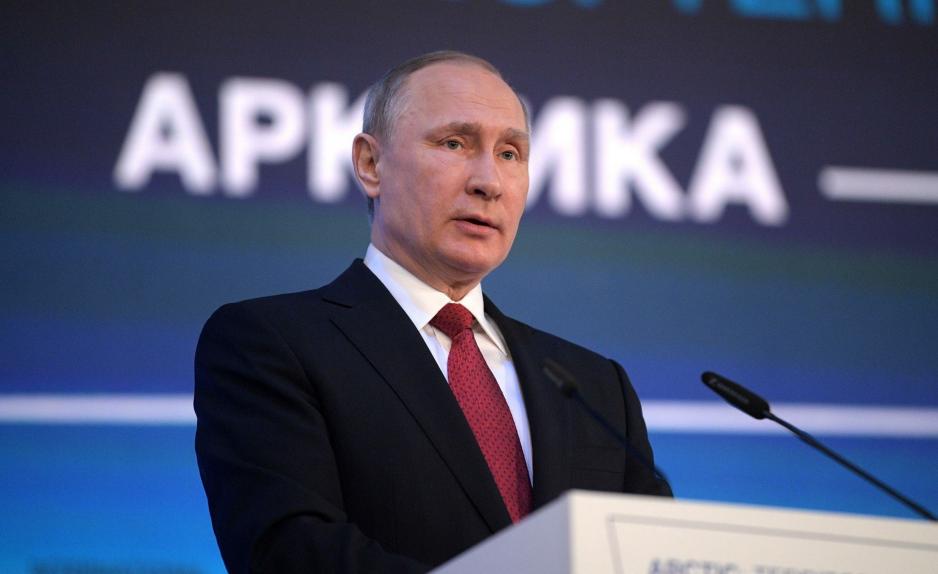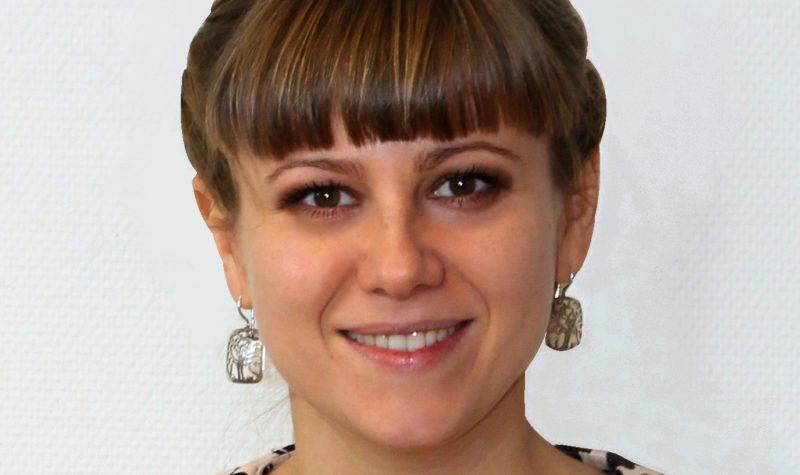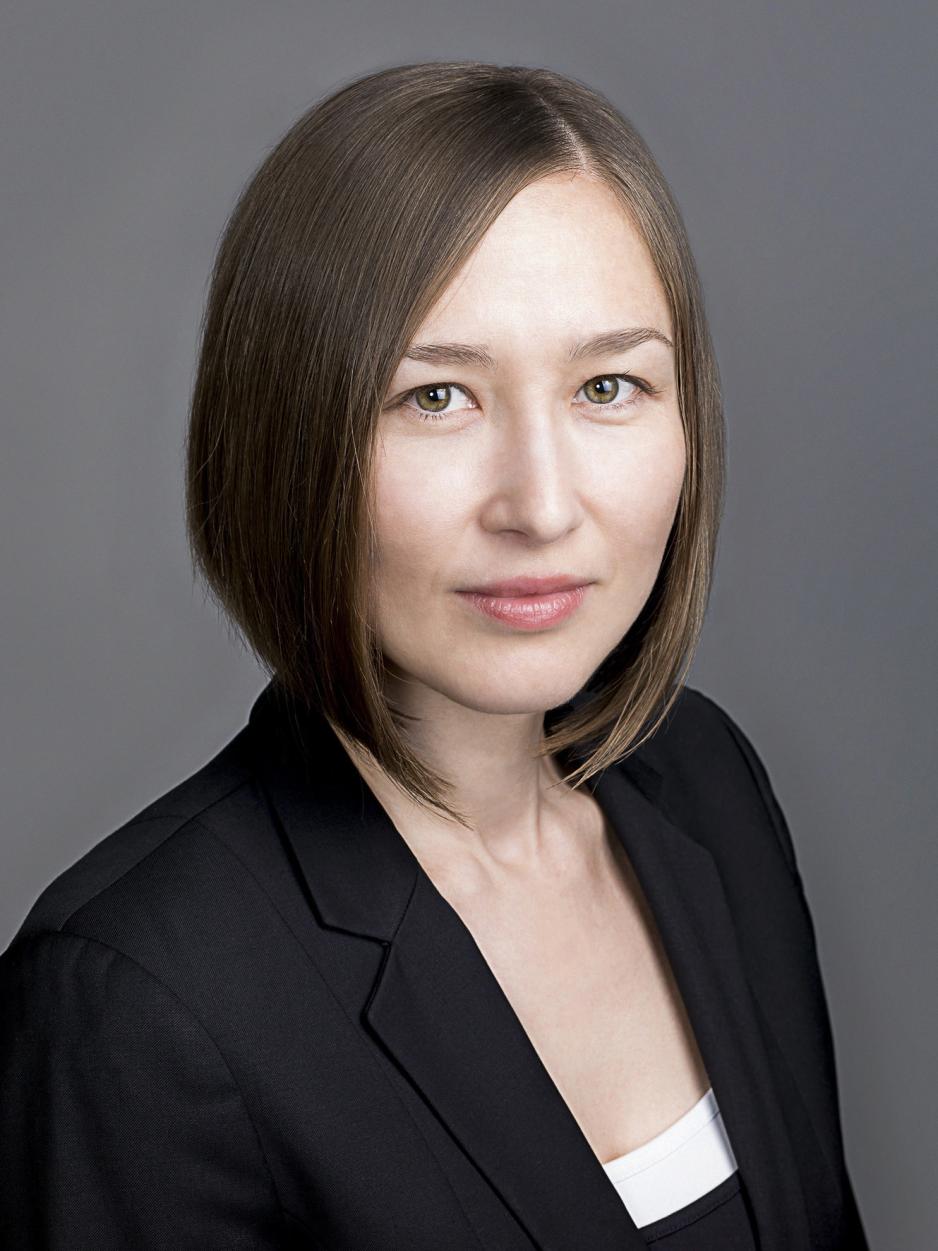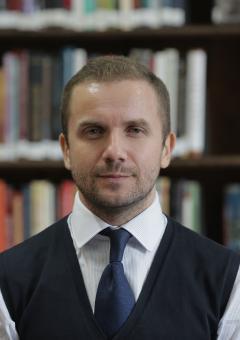Putin Paints Ambitious Vision for Arctic Development, but Doubts Remain

In his annual address to the Federal Assembly President Putin presented a determined agenda for the country’s Arctic development plans. His speech follows on the heels of a number of achievements including the opening of the Yamal natural gas facility, the first of its kind in the Arctic, and record-breaking voyages of LNG tankers on the Northern Sea Route (NSR).
President Putin highlighted three aspects of Arctic development. He emphasized the economic importance of hydrocarbon development in the Arctic, called for the strengthening of the country’s icebreaker fleet, and reiterated the key role of the NSR in developing the Russian Arctic.
"A number of large-scale industrial projects have been launched in the Arctic. We are strengthening the research, transport, navigation and military infrastructure, which is expected to guarantee Russia’s interests in this strategic region. Russia builds cutting-edge nuclear icebreakers. We have had the most powerful icebreaker fleet in the world, and this will remain so. The Northern Sea Route will be the key to developing the Russian Arctic and Far East," elaborated Putin.
"Mentioning of the Arctic in President Putin’s statement has once again confirmed that the Arctic remains a strategic priority for Russia in many respects: economic, strategic and military," explains Ekaterina Klimenko, Researcher at the Stockholm International Peace Research Institute (SIPRI).
Similarly, Katarzyna Zysk, Associate Professor and Director of Research at the Norwegian Institute for Defence Studies, concurs that "Putin’s framing of the Arctic region in the speech corroborates the idea, propagated by the Russian authorities systematically over the past ten years that the Arctic region is key to Russia’s socio-economic future."
Importance of the Arctic for Russia
A part of understanding Russia’s agenda for the Arctic is the country’s historic relationship with the region, explains Klimenko.
"The development of the Arctic during the Soviet times was source of national pride and indicator of great achievements in the past. Current achievements in the Arctic, such as launching of the Yamal LNG and construction of new icebreakers for the Arctic icebreaker fleet remains a source of national pride."
This aspect has been strengthened since Western sanctions specifically targeted Russia’s hydrocarbon development of the region.
"Hence, showing the continued progress in Arctic development and exploration is a way to show that Russia remains strong despite international pressure," elaborates Klimenko.
Lofty goals for the NSR
A key aspect of President Putin’s vision for the region is the rapid growth of shipping traffic on the NSR.
"By 2025, cargo traffic along this route will surge tenfold to 80 million tonnes. Our goal is to make it a truly global and competitive transport route. We will definitely develop this route and reach new horizons. I have no doubt about it," Putin explained.
Such lofty forecasts have long been propagated by Russian authorities. “The Russian authorities have indeed presented rather ambitious numbers regarding the expected increase in traffic along the NSR. For instance, in 2011, the Russian Ministry of Transportation anticipated that as much as 64 million tons would be shipped using the NSR by 2020, and 85 million tons by 2030,” confirms Zysk.
President Putin’s projections are the most ambitious yet and Klimenko cautions that these forecasts have a high degree of uncertainty.
"All these forecasts are based on estimated increase in cargo by different resource extraction projects, a significant part of which are hydrocarbons."
"They take into account already functioning projects such as Yamal LNG and Noviy Port deposits but also those that have not been launched yet, such as Arctic LNG proposed by the NOVATEK and coal deposit development project by VostokUgol on Taimyr peninsula. So, whether these estimations will ever become reality depends fully on whether projects such as Arctic LNG and Chaika coal terminal for VostokUgol are implemented."
Russia depends on outside help
Not only is the growth of traffic volume on the route dependent on a few key developments, but these projects also rely heavily on outside financial and technical support, experts agree.
"Russia has insufficient financial, technological and industrial capabilities to effectively explore the energy resources of the Arctic continental shelf at the ambitious scale they envisage by itself," details Zysk.
"The development of the NSR is highly dependent on oil and gas projects, hence, also dependent on external help and investments,” concurs Klimenko. “As long as there are sanctions Russian oil and gas companies will also have difficulties borrowing money from US and EU financial institutions. Hence, Russia will continue searching for foreign investors. India, China, South Korea and other Asian countries have been considered as potential partners."
Internal struggle for control
Another aspect for increasingly more ambitious forecasts of traffic volume stems from ongoing competition for control within the Russian bureaucracy, specifically they are the result of an internal power struggle between Rosatomflot and the Ministry of Transport to become the lead agency for the development of the NSR, explains Stanislav Pritchin Fellow of Russia and Eurasia Programme at Chatham House.
"The plans for the NSR look very ambitious indeed but we should take into account that it’s not solely about realistic forecasts, but also about internal competition between varying actors."
A decision for which government actor will serve as umbrella agency and be given greater control over the development of the route is expected before the end of 2018.
Thus, while traffic on the NSR has increased substantially from just 2.8 million tons in 2013 to nearly 10 million tons in 2017, it remains to be seen if future growth of the route will align with the lofty vision of Russia’s authorities and its president.



